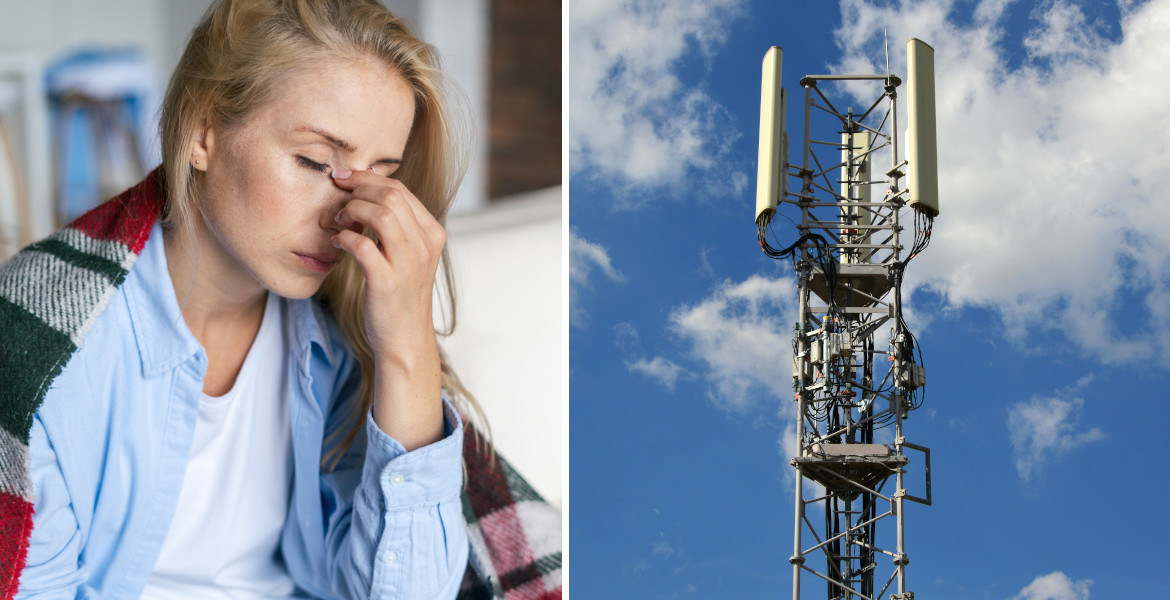People exposed to higher levels of microwave radiation report more health symptoms, shows a new Indian study. The correlation was particularly clear for fatigue, headaches and sleep problems.
The study, which was published in Electromagnetic Biology and Medicine, examined 183 people between 18 and 80 years old who had lived in the same home for at least one year in the city of Shillong in northeastern India. Researchers from Mizoram University in India measured microwave radiation in each residence and then divided participants into three groups based on the measured values.
The first group had the lowest levels (0–3,000 μW/m²) and included 43 participants. The second group had medium levels (3,000–5,000 μW/m²) with 49 participants, while the third and largest group had the highest levels (5,000–8,000 μW/m²) with 91 participants.
All participants answered a questionnaire about over 20 different symptoms.
The results showed that people in the highest exposure group reported significantly more health problems than the other groups. Even the medium group reported more symptoms than the lowest group. The researchers also discovered that people under 40 years old reported more inflammation-related symptoms.
Clearer symptoms among heavy phone users
The most common symptoms in the most exposed group were fatigue, headaches, increased irritability, sleep problems and anxiety. The symptoms were also more pronounced among people who used mobile phones more than five hours per day or lived within 50 meters of a base station.
To put the results in perspective: the Swedish reference value from the Swedish Radiation Safety Authority is 10 million μW/m², which means that all levels in the study were at least 1,250 times below this value.
The researchers concluded that exposure level was the only factor that affected the number of symptoms for all four examined health categories. The study confirms previous research that has linked health effects to radiation from mobile base stations. According to the Swedish Radiation Protection Foundation, fatigue, headaches and sleep problems are particularly common symptoms among people who live near 5G towers.




